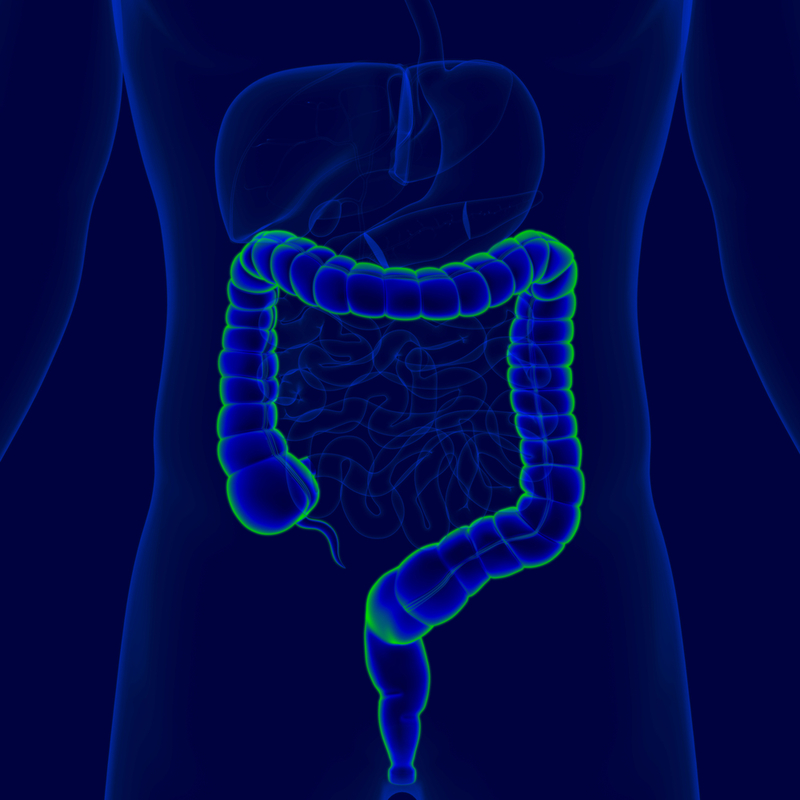6.6 The large intestine
All the material that is unabsorbed by the small intestine passes to the large intestine, also known as the colon. The beginning of the large intestine is the caecum (pictured on the left, in your body on the right). The appendix is a small, extended part of the caecum. It used to be considered a vestigial organ, but it actually fulfills some important fuctions, such as retaining beneficial bacteria.
Only the undigested, fluid-rich remains of the food we eat pass on to the large intestine. This substance is called loose feces. It is puzzling that it is here, in the large intestine, where our body's beneficial bacteria produce the vitamins K and B. These vitamins are absorbed into the body alongside fluid when the colon produces solid feces. This process can last from ten hours to several days.
The lower end of your large intestine, the rectum, stores stool until it pushes it out of your anus during bowel movements.
